How to Capitalize on Average Draft Position
Average draft position (ADP) allows fantasy users to see where players are being drafted on average in fantasy leagues and mock drafts across major websites. Knowing where players are being drafted on average can help fantasy users strategically plan out their draft.
Finding Value in Positions
Any veteran fantasy baseball player knows that there are positions loaded with depth and positions with extreme scarcity. Knowing where you can find the most value at each position is crucial in building a balanced team.
Positions that are thin on offensive depth include catcher, second base, third base and shortstop. Positions loaded with premium talent all the way down the board include first base and outfield.
Troy Tulowitzki may not put up the type of numbers he did playing in Colorado's thin altitude, but he'll certainly hit much better than he did after joining the Blue Jays mid-season in 2015.
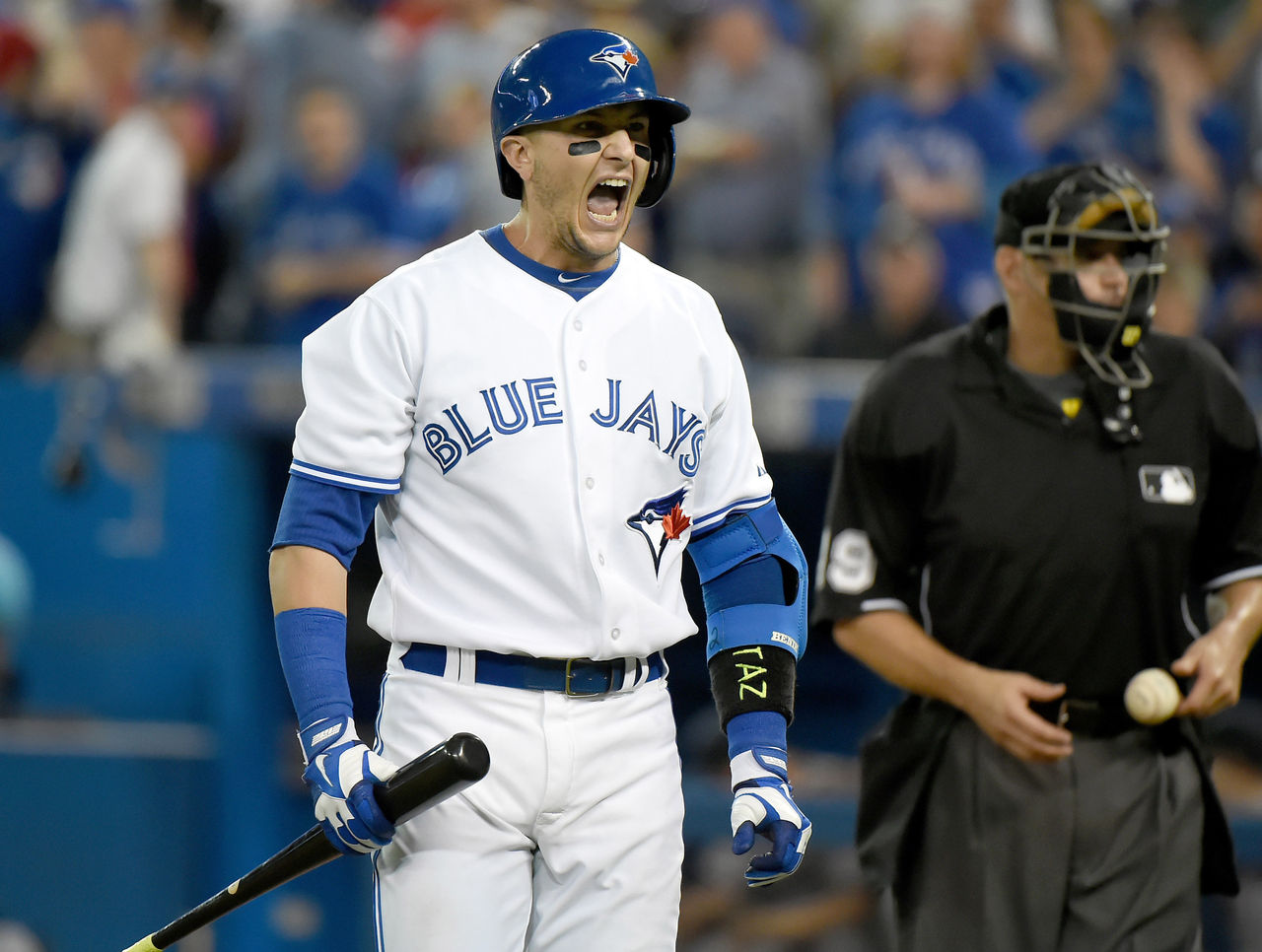
Hitting in a loaded lineup at the hitter-friendly Rogers Centre, Tulowitzki could easily hit .280/.350/.480 with 25 home runs and 100 RBI. This is immense value for a shortstop with an ADP of 48. The next three shortstops include unproven youngsters in Xander Bogaerts (ADP of 61), Corey Seager (63.4) and Francisco Lindor (73) before it tails off big time to Ian Desmond at 128.
Compared to a position with loaded depth, OF Yoenis Cespedes has an ADP of 42.2. Cespedes is a good hitter, but he and Tulowitzki could easily put up similar numbers, giving the latter a massive edge due to positional scarcity.
For example, if you were to wait on a shortstop and take Cespedes, you may get stuck taking Elvis Andrus (157.2 ADP). He may steal around 20-25 bases, but he slashed .258/.309/.357 last season with a career-high seven long balls. Since being pushed out of the leadoff spot, Andrus saw a massive decline in runs and hits last season, despite playing 160 games.
Around the same ADP, much more productive players like Randal Grichuk (151.8) or Billy Burns (161.4) could be had. Burns stole 26 bases in 35 fewer games than Andrus, slashed .294/.334/.392 and is solidified as Oakland's leadoff man. Grichuk, 24, hit 17 homers in just 103 games for the Cardinals last season.
Whether you prefer Grichuk or Burns, pairing one of them with Tulowitzki makes your lineup much deeper than pairing Cespedes and Andrus.
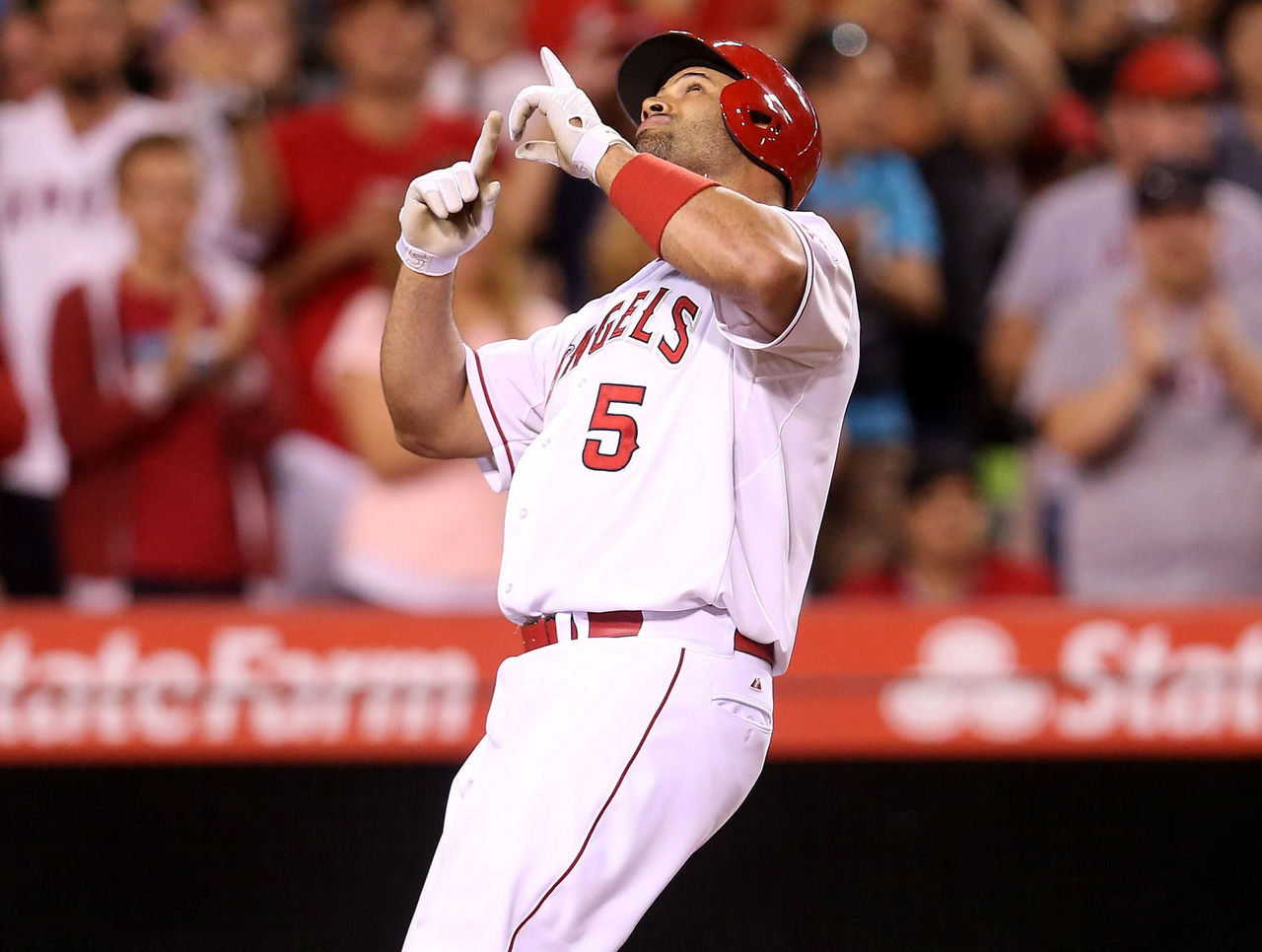
Determining High ADPs
Players can have a high ADP for a variety of reasons - among them, past pedigree. Albert Pujols, for example, has an ADP of 88. Despite being one of the best hitters of all time, Pujols has drastically declined of late.
Pujols has hit just .266/.326/.478 and averaged 29 homers and 82 RBIs per season in four years with the Los Angeles Angels of Anaheim. He's 36 and is coming off a season where he posted the worst BA and OBP of his career.
At around the same ADP, Nationals 2B/3B Anthony Rendon (88.2), Cardinals closer Trevor Rosenthal (88.4), Blue Jays ace Marcus Stroman (96.2) or Cardinals fireballer Carlos Martinez (97.8) could all be had. All of these players are not only safer picks, but also have more upside.
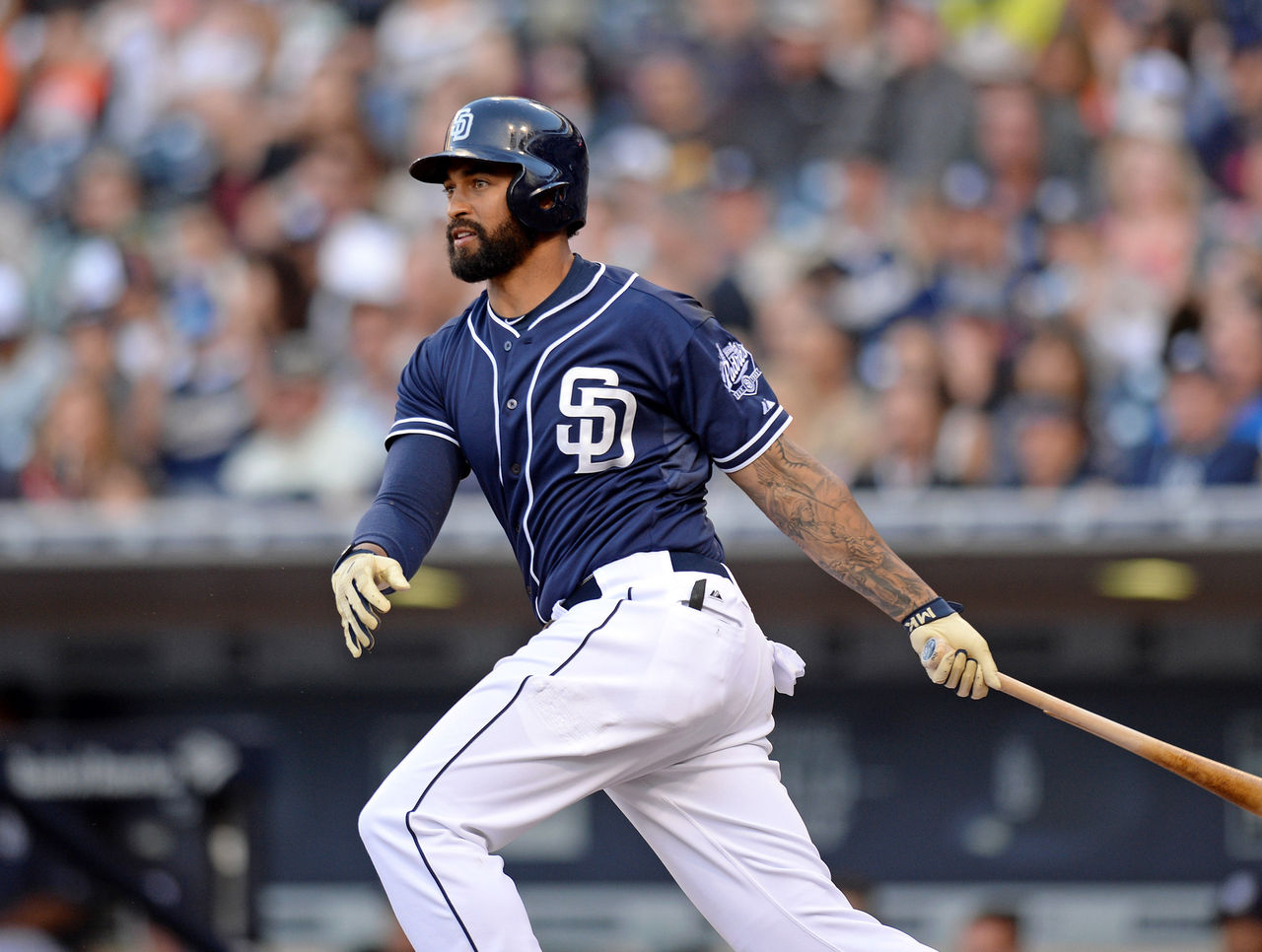
Another reason why a player's ADP might be higher than it should be is stat inflation from the previous season. Padres OF Matt Kemp is a prime example. He hit 23 long balls and drove in 100 runs last season, but he did it while slashing just .265/.312/.443.
Kemp hit .322/.368/.533 with runners on base last season, compared to .218/.263/.368 without. These splits are bound to even themselves out closer to his career splits. People will look at his nice, round RBI total of 100 and assume he will eclipse, or come close to the mark once again. That is false.
Last season, Kemp had Wil Myers and Yangervis Solarte (.656 combined OBP) hitting in front of him. This year it will be Cory Spangenberg and Derek Norris (combined .638 OBP) hitting 1 and 2. The main reason for a potential decline is the loss of Justin Upton, who has averaged 25 homers over the past seven seasons. Solarte (24 career home runs) will now attempt to provide protection.
Kemp, a former MVP runner-up, is unlikely to come close to his 2015 totals as long as he's playing in Petco Park, where fly balls go to die. At Kemp's ADP of 82.8, players like Yasiel Puig (81.4), Danny Salazar (81.6) or Ian Kinsler (83.4) might be on the board.
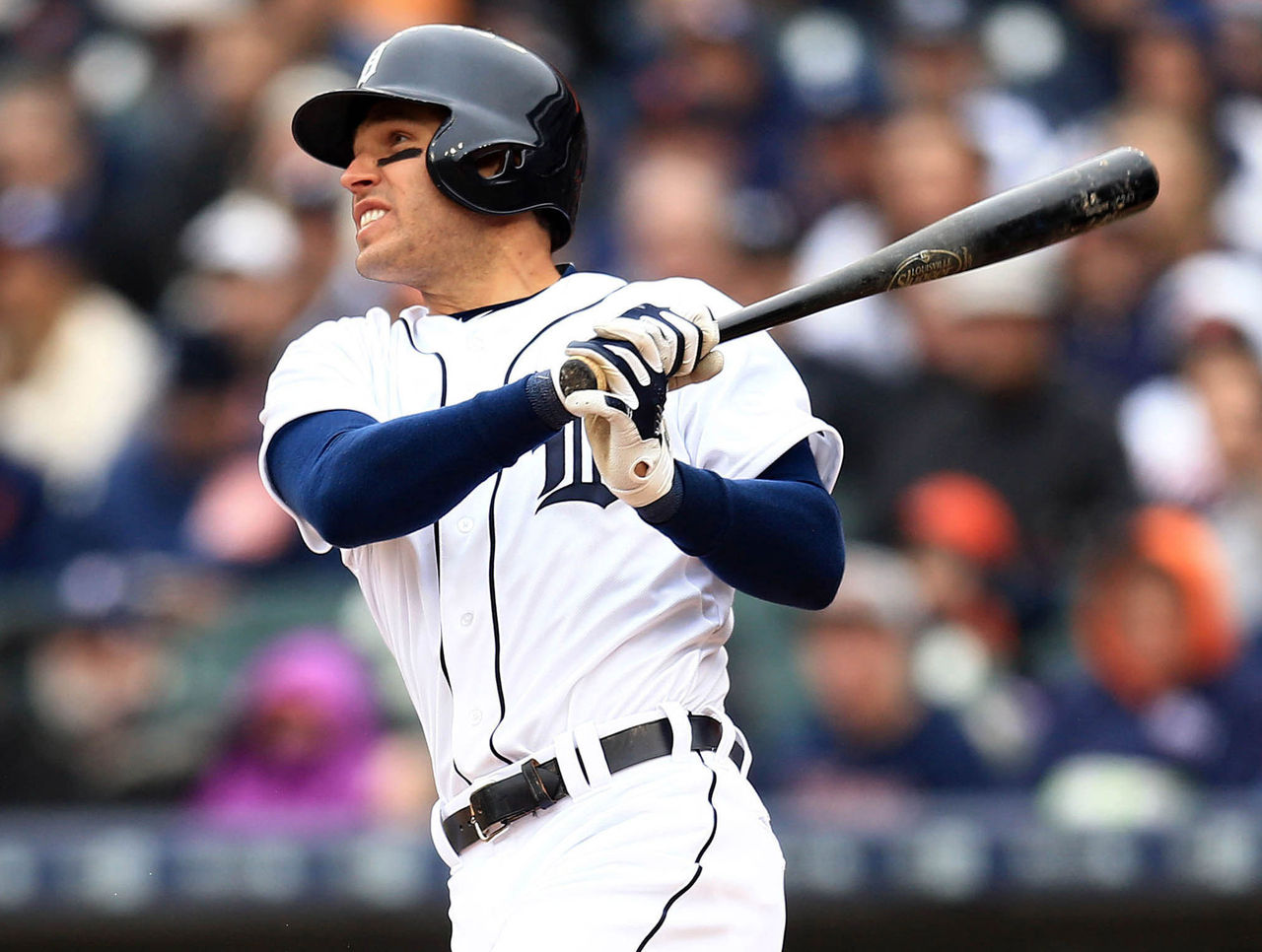
Determining Low ADP
There's two major reasons why a player may have a low ADP. Kinsler exemplifies one of the biggest factors; he might be considered a boring pick, as he's not flashy, has a limited ceiling and is 33 years old. These safe, veteran players getting picked in the mid-late rounds often get overlooked.
Kinsler won't hit 30 home runs or steal 30 bases like he could as a youngster. He's only had one season where he hit over .300, and just two seasons with 80-plus RBI. These are the "sexy" stats that many fantasy players look for.
What Kinsler lacks in upside and flashiness, he makes up for with durability, consistency and a high floor. He has played at least 150 games in four of the past five seasons. For his career, he has hit .276/.344/.447 with an average of 94 runs, 152 hits, 18 homers and 70 RBIs per season.
Hitting leadoff in Detroit's loaded lineup, Kinsler should easily score 100 runs and rack up 180 hits, 10 homers, 70 RBIs and 10 steals with a slash line somewhere around .280/.330/.420.
It's a player like this who does a bit of everything that often has an ADP far lower than it should be.
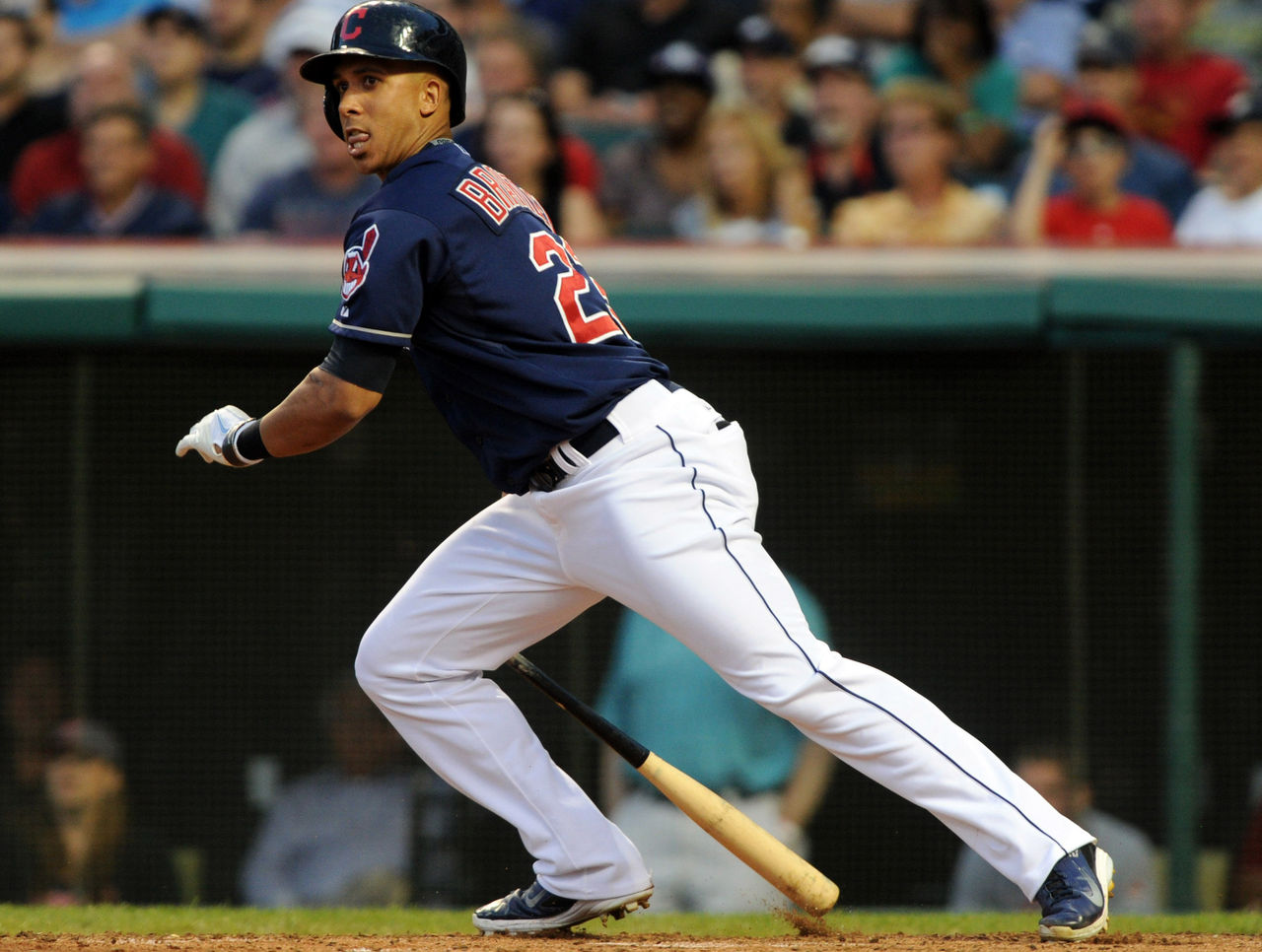
Players who open the season with injury concerns may have a low ADP as well. Indians OF Michael Brantley and Rangers ace Yu Darvish are great examples of this, as will both open the season on their teams' respective disabled lists.
Brantley has an ADP of 97.2, even though he's expected to be back in late April. He's just two years removed from finishing third in AL MVP voting. The sweet-swinging outfielder averaged .303/.362/.447 with 38 doubles, 13 home runs, 78 RBI and 18 steals over the past four seasons. Even if he misses all of April, he's well worth an eighth- or ninth-round pick.
Darvish isn't supposed to return until late May or early June, resulting in his ADP plummeting to 136.8. He has a career ERA of 3.27 and a career SO/9 rate of 11.2. Having an ace on your staff for four months of the season is well worth a pick beyond the 10th round.
While both these players will miss time early on (the least important part of a fantasy season), they should be in full throttle down the stretch.